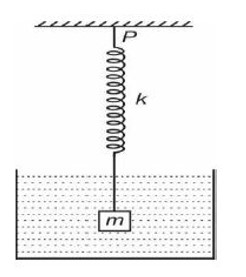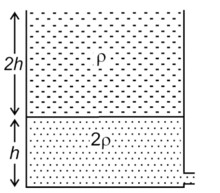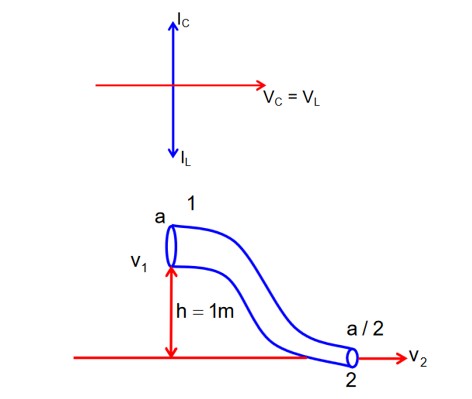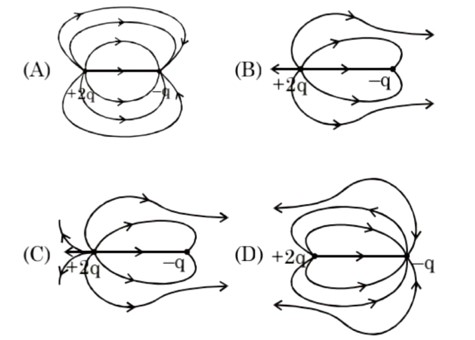Physics Mechanical Properties of Fluids
Get insights from 95 questions on Physics Mechanical Properties of Fluids, answered by students, alumni, and experts. You may also ask and answer any question you like about Physics Mechanical Properties of Fluids
Follow Ask QuestionQuestions
Discussions
Active Users
Followers
New answer posted
2 months agoContributor-Level 10
Cohesive force in mercury molecules are greater than adhesive force
New answer posted
2 months agoContributor-Level 10
Since velocity does not change, so acceleration will be zero.
mg = FB + Fv
New answer posted
2 months agoContributor-Level 9
Gain in surface energy,
from volume centenary,
Initial surface area, Ai = 4pR2
final surface area,
New answer posted
2 months agoContributor-Level 10
Since velocity does not change, so acceleration will be zero.
mg = FB + Fv

New answer posted
2 months agoContributor-Level 10
Field lines are proportional to quantity of charge & they originate at positive charge & terminates at -ve charge or at
Taking an Exam? Selecting a College?
Get authentic answers from experts, students and alumni that you won't find anywhere else
Sign Up on ShikshaOn Shiksha, get access to
- 65k Colleges
- 1.2k Exams
- 679k Reviews
- 1800k Answers




